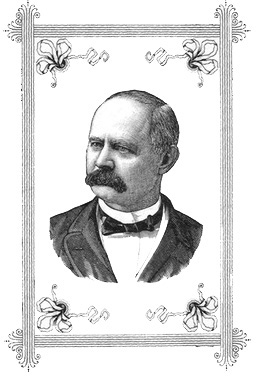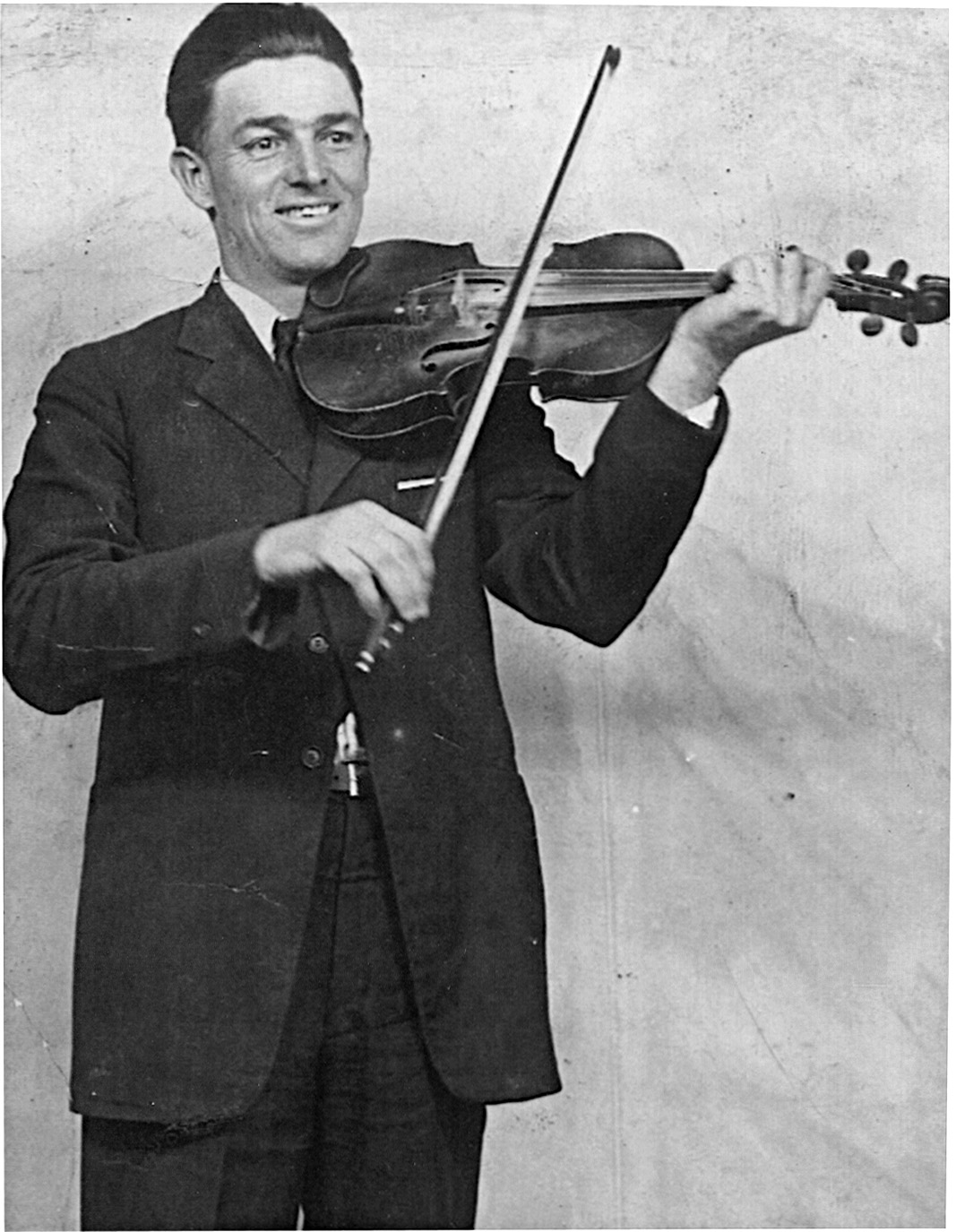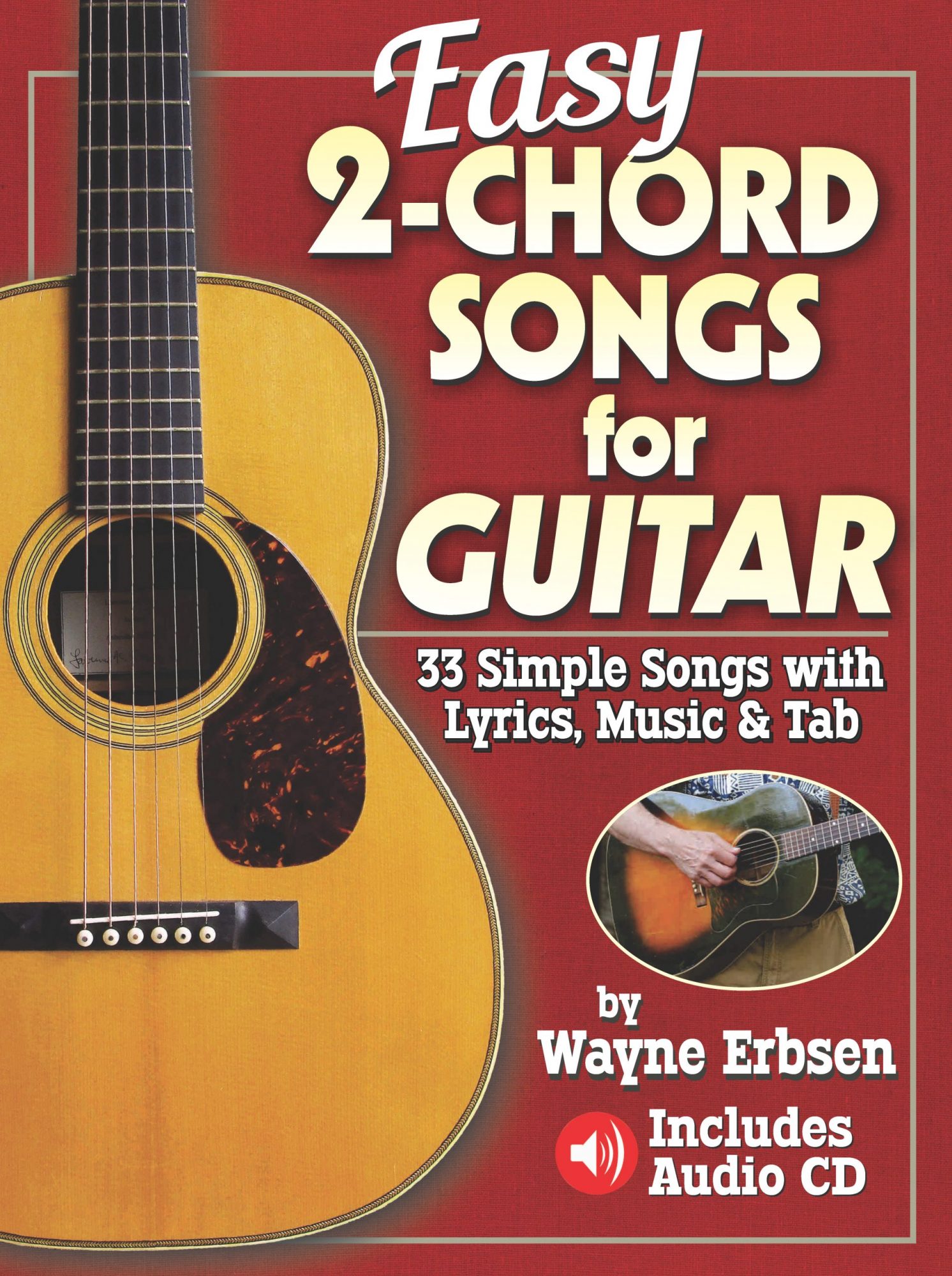By Wayne Erbsen
 They didn’t call her Mother Maybelle for nuthin.’ Nope. In addition to being the mother of three girls (Helen, June, and Anita), Maybelle Carter was nothing less than the mother of flatpicking guitar. Starting in 1927, her lead and rhythm guitar playing laid the foundation of what would later be known as bluegrass guitar. Her signature lick on the guitar has been referred to as the Carter Scratch, the Carter Family Scratch, or the Maybelle Carter Scratch. That’s because of her way of playing the melody notes on the bass strings of the guitar while vigorously going
They didn’t call her Mother Maybelle for nuthin.’ Nope. In addition to being the mother of three girls (Helen, June, and Anita), Maybelle Carter was nothing less than the mother of flatpicking guitar. Starting in 1927, her lead and rhythm guitar playing laid the foundation of what would later be known as bluegrass guitar. Her signature lick on the guitar has been referred to as the Carter Scratch, the Carter Family Scratch, or the Maybelle Carter Scratch. That’s because of her way of playing the melody notes on the bass strings of the guitar while vigorously going






 While doing some research on one of the songs for my book
While doing some research on one of the songs for my book
